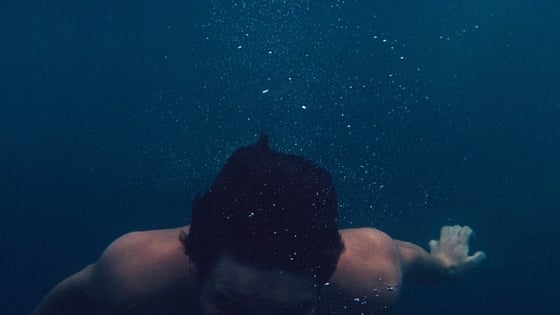When can I go swimming after a hair transplant?
You may shower 48 hours after your procedure, but swimming after a hair transplant, regardless of the type of water, is strongly discouraged for 2 to 4 weeks and should only be done after you have been cleared to do so by your hair surgeon.
About Hair Transplants
Millions of people suffer from thinning hair, hair loss, and balding, and about 400,000 of them will seek a hair restoration or transplant procedure. Hair loss and balding occur when hair follicles are damaged and essentially “die.” During a hair transplant, small groups of healthy hair follicles—called grafts—are removed from a donor site somewhere else on the head and transplanted to the site with thinning or no hair.
One hair transplant session can take four or more hours, during which the hair surgeon will transplant several hundred or thousand tiny grafts. You may need multiple sessions to achieve your desired hair or if you continue to lose hair.
A hair transplant is an investment of time and money, and the optimal results of a hair transplant surgery are heavily dependent upon the care you take post-procedure. You want to make sure you give the newly transplanted hair grafts time to heal properly. This means taking the appropriate precautions to avoid hair growth or density problems in the future.
Hair transplant recovery expectations
Your scalp may be very tender after your hair transplant procedure, and you may be prescribed pain medication for several days. You will also be required to wear bandages over your scalp for up to 48 hours.
Healthy follicles are relocated during the transplant, but the newly-placed hair, which itself is dead, will fall out within two to three weeks. New growth typically begins eight to 12 months after the procedure, and your doctor may prescribe a hair growth medication or topical to help reduce or stop hair loss in the future.
Activity after a hair transplant
Although most patients return to work two to five days after a hair transplant procedure, strenuous activity is discouraged for approximately two weeks. This is partly because your stitches will not be removed for about 10 days after the surgery.
Again, you may shower 48 hours after your procedure, but swimming after a hair transplant, regardless of the type of water, is strongly discouraged until you have been cleared to do so by your hair surgeon.
Chlorinated water. Though chlorine keeps bacteria and viruses in the water at bay, the chemical could damage or irritate hair grafts or your sensitive scalp. Most hair surgeons will recommend you avoid chlorinated water for anywhere from two weeks to a month following the procedure.
Saltwater or fresh water: In the past, doctors recommended swimming in the ocean after a hair transplant, under the presumption that the salt could help to disinfect and speed up the healing process. Physicians now know this is not sound advice, as the possible contaminants and/or pollution in the water can dramatically increase your risk of infection.
Additional precautions with swimming after a hair transplant
In general, you should avoid any swimming for two to four weeks after your surgery, or until your surgeon clears you. Your hair grafts and donor areas of the scalp need time to heal, specifically for the scabs to heal and fall off on their own. This will reduce your risk of contracting an infection.
When you do begin swimming, there are a few other things to think about to keep your scalp and hair healthy. The most important recommendation is to be very conscious of the transplant donor area. For example, some diving techniques or other water activities may strain the area. Strain can occur when the chin touches the chest or similar “head down” positions. Any other position that causes pulling along the sides or back of the head should be avoided during the healing period. Failure to observe these precautions could slow the healing and hinder the success of the procedure.
When it comes to having a successful hair transplant, post-operative care is vital. It ensures that you’re comfortable and you’re promoting hair growth as effectively as possible.
Have additional questions about swimming after hair transplants or hair transplants in general? Ask Dr. Love!
Dr. Tim R. Love has been on the cutting edge of hair restoration technology for over 30 years. He has partnered with some of the most renowned experts in the field and remains committed to providing flattering, natural-looking results. He and his experienced Certified Hair Transplant Assistant, Clara Prather, offer a sensitive, professional approach to hair restoration with the goal of improving your confidence and self-esteem.
Don’t spend another day watching your hair fade. Call our office today at (405) 751-LOVE (5683) or contact us to schedule an initial consultation and find out if a hair transplant procedure is right for you. We accept patients from across the country and offer out-of-town patients a $300 reimbursement in the form of 100 free grafts to help offset travel costs.

